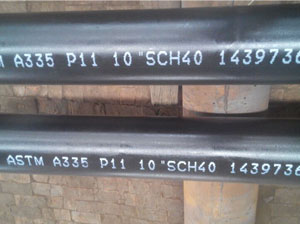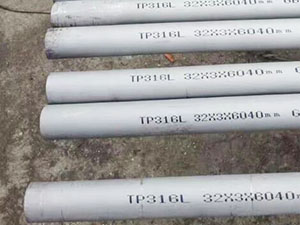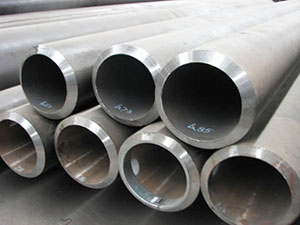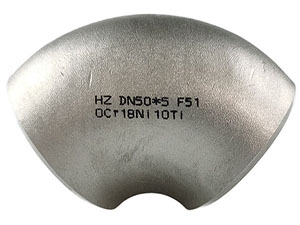Cladding is the bonding together of dissimilar metals. It is different from fusion welding or gluing as a method to fasten the metals together. Cladding is often achieved by extruding two metals through a die as well as pressing or rolling sheets together under high pressure.
Roll bonding
In roll bonding, two or more layers of different metals are thoroughly cleaned and passed through a pair of rollers under sufficient pressure to bond the layers. The pressure is high enough to deform the metals and reduce the combined thickness of the clad material. Heat may be applied, especially when metals are not ductile enough. As an example of application, bonding of the sheets can be controlled by painting a pattern on one sheet; only the bare metal surfaces bond, and the un-bonded portion can be inflated if the sheet is heated and the coating vaporizes. This is used to make heat exchangers for refrigeration equipment.[1]
Explosive welding
In explosive welding, the pressure to bond the two layers is provided by detonation of a sheet of chemical explosive. No heat-affected zone is produced in the bond between metals. The explosion propagates across the sheet, which tends to expel impurities and oxides from between the sheets. Pieces up to 4 x 16 metres can be manufactured. The process is useful for cladding metal sheets with a corrosion-resistant layer.
Advantages[edit]
- Best technique for coating any shape => increase life-time of wearing parts.
- Particular dispositions for reparing parts (ideal if the mould of the part no longer exist or too long time needed for a new fabrication).
- Most suited technique for graded material application.
- Well adapted for near-net-shape manufacturing.
- Low dilution between track and substrate (unlike other welding processes and strong metallurgical bond.
- Low deformation of the substrate and small heat affected zone (HAZ).
- High cooling rate => fine microstructure.
- A lot of material flexibility (metal, ceramic, even polymer).
- Built part is free of crack and porosity.
- Compact technology





